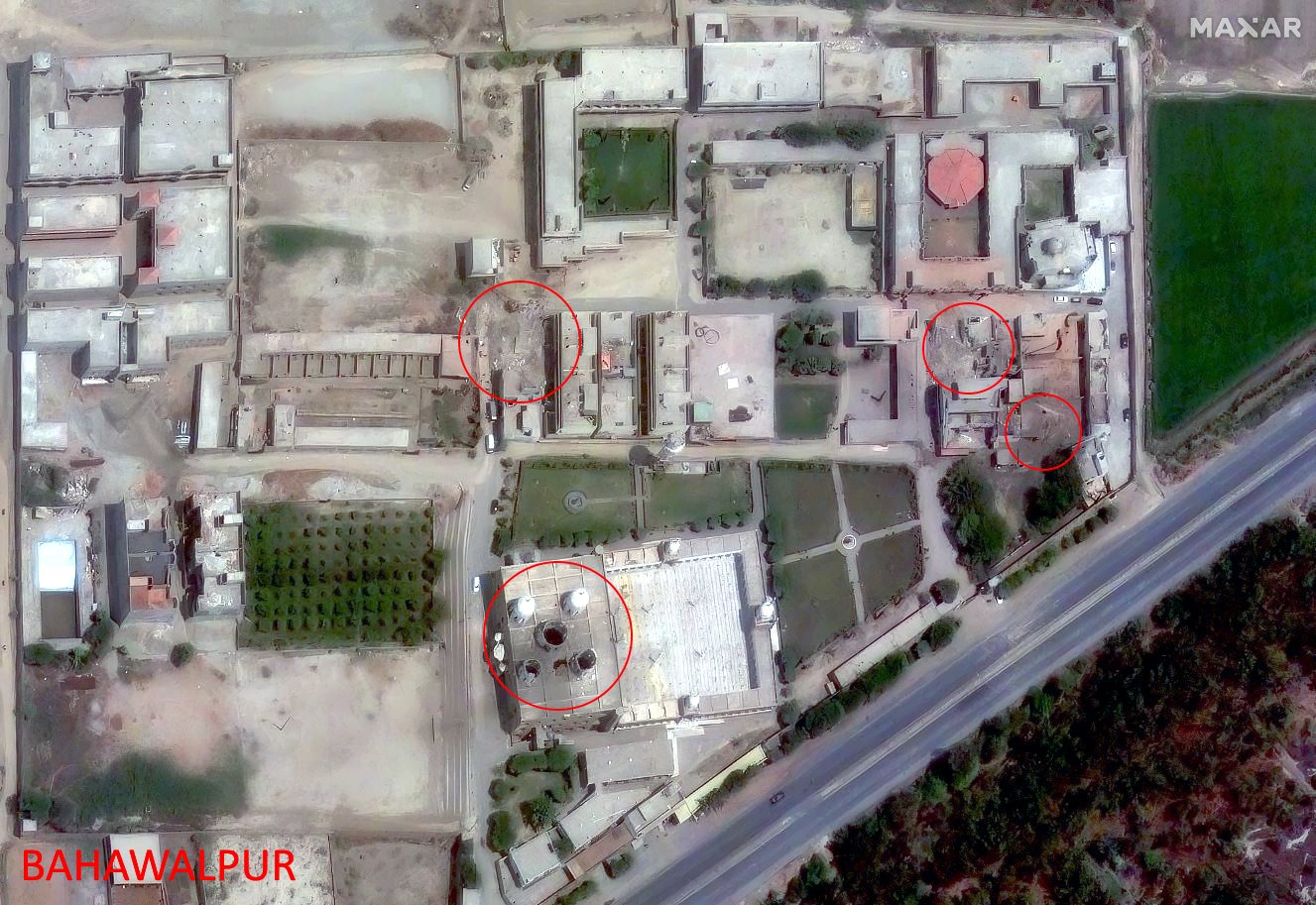Dear Express Reader In a few days from now, the nation will commemorate the enactment of the Indian Constitution on January 26, Republic Day. In normal times, the Constitution mostly remains off-stage, as a quiet set of ground rules, the settled calm outside the turbulence in the frame. That is as it should be. The noise of democracy must let some things remain less spoken or even unspoken. It would be terribly sapping if the quarrels and negotiations of everyday politics invoked or challenged the constitutional rules of the game. Ahead of this R-Day, however, the Constitution is an unquiet presence at the centre of an unfolding news story - it is caught in the middle of a face-off between the Executive and the Judiciary. This is both heartening and disturbing. It is heartening that the controversy has provided the Chief Justice of India, who heads the institution that is the custodian of the Constitution's letter and spirit, the opportunity to underline its primacy. Delivering the Nani Palkhivala lecture in Mumbai, CJI DY Chandrachud talked about the Constitution's "basic structure" that cannot be amended by Parliament. His speech could be read as a response to Vice President Dhankhar's questioning, a few days ago, of the limits on Parliament's power imposed by the basic structure doctrine. "The basic structure of our Constitution, like the north star, guides and gives direction…", said the CJI. He listed the foundational principles - "the supremacy of the Constitution, rule of law, separation of powers, judicial review, secularism, federalism, freedom and dignity of the individual and the unity and integrity of the nation". The CJI's speech was especially reassuring because in recent times, it has often seemed that the higher judiciary is not holding up its end - in crucial cases, from demonetisation, on which it recently let the government off the hook, to electoral bonds, which it has promised to take up in the last week of this month after a long prevarication, the court's constitutional role of checking unbridled Executive power has come into question. Therefore, the CJI's emphasising of an inviolable "basic structure" comes as a much-needed reminder of the limits of the mandate, at a time when the Executive seeks to weaponise its electoral majority to always have its way. Even earlier in the week, the Supreme Court had pushed back pointedly against the Government over judicial appointments - it made public its reasons for reiterating its recommendations of names of advocates for high court judges, one of them Saurabh Kirpal, who the government had objected to because of his sexual orientation and who, if appointed, would be India's first openly gay judge. At the heart of that stand-off, too, was the Constitution, or an element of its basic structure - the judiciary's independence. In recent days, the government has insistently questioned the principle of judicial primacy in appointments - in 2015, while striking down the National Judicial Appointments Commission, the Court had described this primacy as essential to its independence. Most recently, in a letter to the CJI, the law minister all but proposed a seat for the government at the Collegium table - through a government nominee on a new "search and evaluation" committee that would ostensibly help shortlist names for the Collegium. While the Collegium system, that empowers judges to appoint judges, is imperfect and opaque, the undermining of judicial primacy in the appointments process by an overweening executive is no answer. So yes, the contention around the Constitution ahead of Republic Day has a useful role - it marks the judiciary's re-assertion of its pre-eminent role as protector and interpreter of the constitutional pact. But it is also disquieting. Because at the other end of the face-off is an elected government that is unlikely to let matters rest here. The Modi government which won a decisive mandate in 2014 and then again in 2019, has demonstrated that it is a winner who wants to take all. Despite the judiciary's push-back, or even because of it, the ruling party could use the vast resources at its command and its communicative dominance to bring more widely into question more settled rules of the game. The real danger may not always come in big and bold moves. It may not be, as P Chidambaram writes in his column in the Sunday Express ("Constitutional authorities vs Constitution", IE, January 22), that parliamentary supremacy run amok dismembers a state and carves out multiple UTs, a la J&K. "Would you agree", asks Chidambaram, as he paints a sequence of dire scenarios, "if freedom of speech, freedom to reside in any part of India… is abolished?" The big strokes or insurrections aren't democracy's gravest threat, wrote distinguished democracy theorist John Keane, on our pages last week ("Democide, step by step", IE, January 18). Keane outlined a scarier scenario: "A top-down phantom democracy built with the collaboration of pliant journalists, docile judges and the votes of millions of loyal subjects". As the Constitution's "basic structure" becomes a sparring point between government and the court, it is, above all, a sobering moment. We the people need to pause and look again at the road ahead, this Republic Day. Till next week, Vandita | 
No comments:
Post a Comment